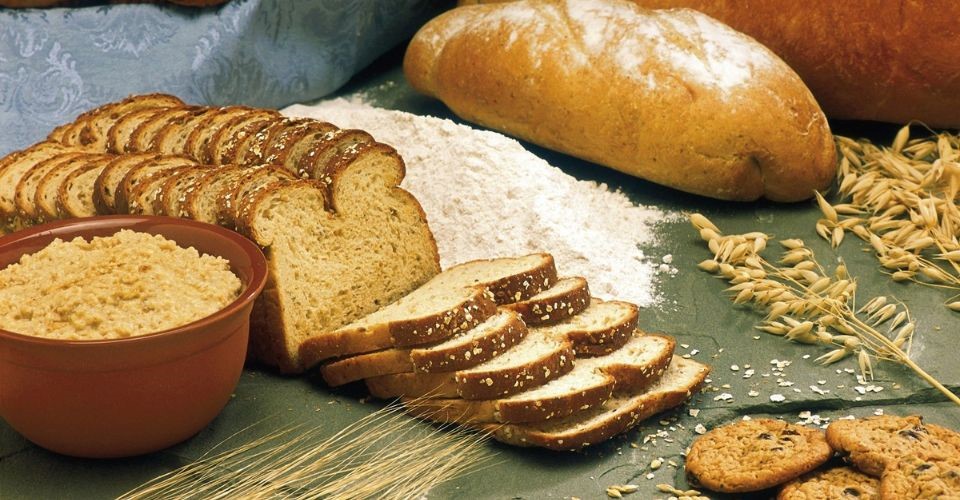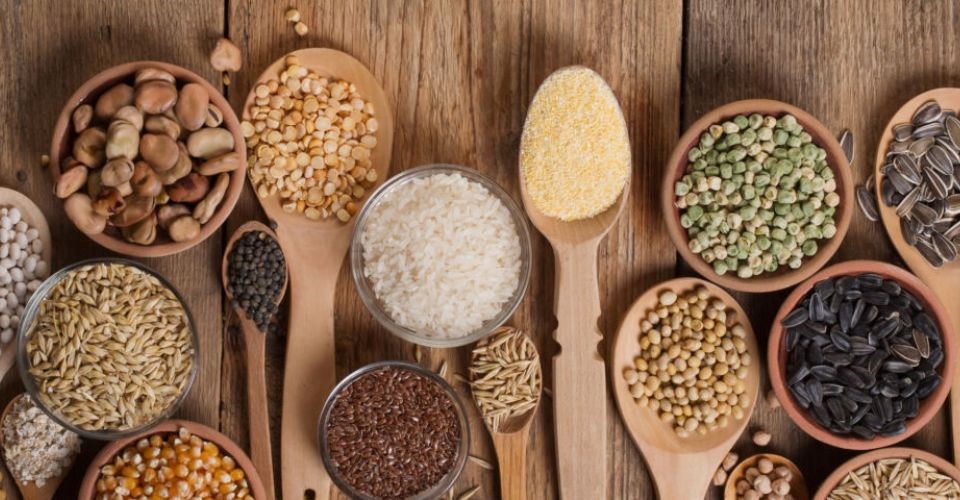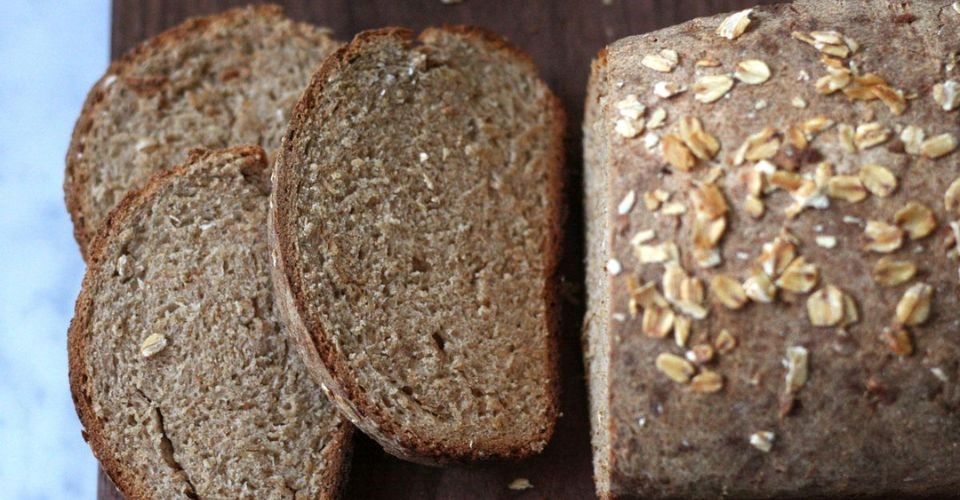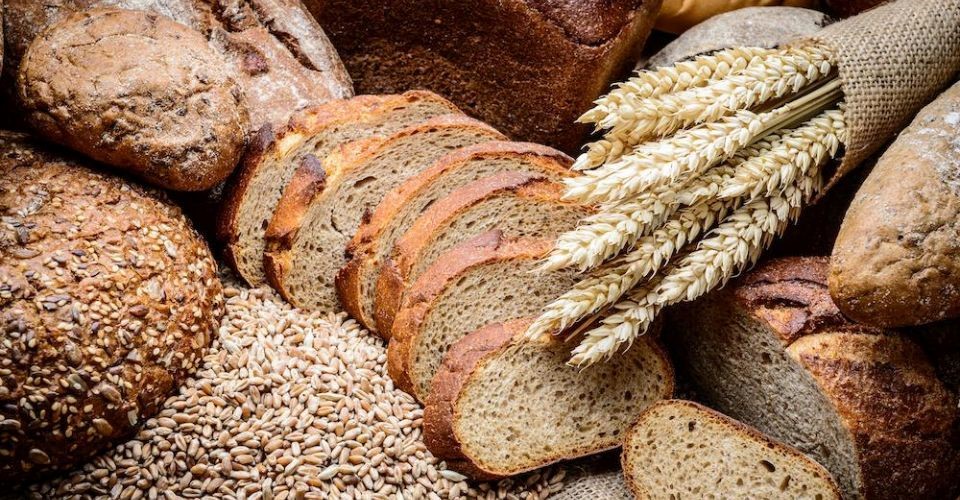Whole Wheat vs Whole Grain Diabetes: What Is Better? [Solved]
The battle of whole wheat vs whole grain diabetes makes it difficult to know which is better and healthier. To give the best option, you need to understand more about each type and the main difference between them.
Besides, you should learn more about the nutritional values and benefits to your health.
Keep reading the article below for details.
Whole grain vs whole wheat for diabetics
What Is Diabetes?
Diabetes is known as a chronic medical condition affecting how the body converts food into the necessary energy.
The body cannot use or generate enough insulin as a result of this.
Excess blood sugar will accumulate in your bloodstream when you don't have enough insulin or your cells don't respond to insulin to get sufficient energy.
Over time, this may lead to serious health problems, including kidney disease, heart disease, and vision loss.
There are two main types of diabetes, type 1 and type 2.
More than 30 million people in the United States have diabetes, and 90-95% of them are type 2, according to the Centers for Disease Control and Prevention (CDC).

Definition of diabetes
Type 1 diabetes
Type 1 often occurs when the body cannot generate insulin.
The hormone can capture the blood sugar, or glucose, and transport it to cells. Glucose is the preferred and important energy source for cells.
Type 2 diabetes
Type 2 is the most common diabetic form. This is also easier to prevent and control lifestyle changes and medications.
Taking steps to manage blood sugar levels early will help prevent this condition from progressing into diabetes.
Besides, genetic factors, poor diet, and lifestyle all contribute to type 2's development.
What Is The Difference Between Whole Wheat Vs Whole Grain?
Both whole grains and whole grain products contain all three-grain ingredients and have similar nutritional values.
-
First, bran is the grain's fibrous outer layer with rich B vitamins and other minerals.
-
Second, the germ or kernel, which is the reproductive part of this core, is rich in various nutrients such as vitamin E, antioxidants, healthy fats, and vitamin B.
-
The largest part of the grain kernel is the endosperm of grains, including starchy carbohydrates.

Parts of the grain kernel
Is whole wheat and whole grain the same? The answer is no although they have quite the same ingredients and benefits.
Whole-grain wheat is still an umbrella term for all grain types. Meanwhile, whole wheat is reserved for products using the wheat kernel.
In other words, all whole wheat is whole grains but not vice versa.
However, it’s important to note that refined grain products typically have germ removed during processing and the nutritious bran, making them a less nutritious option.
For the most health benefits, choose products labeled "100% Whole Grain" or "100% Whole Grain" and without refined grains in the ingredients list.

Whole wheat vs whole grain diabetes
If you are interested in this kind of topic, read our post on “multi grain vs whole wheat” for further details!
Can Whole Grains Help With Diabetes?
If you wonder, is whole wheat or whole grain better for diabetics? the answer is whole grains, which are high in fiber and contain more nutrients.
So, a rich whole-grain diet is useful for diabetics since fiber supports the digestive process better.
By slowing the absorption of nutrients, blood sugar levels can be kept stable.
Also, whole grains can lower cholesterol and reduce heart disease risk. Fiber slows carbohydrate absorption and digestion without raising blood sugar levels as quickly as refined grains.
In addition, they allow you to feel fuller for longer, which may help with weight management. That’s why you should choose whole grain when it comes to whole wheat or whole grain for weight loss.

Research shows that whole grains are good for diabetes
Studies have shown that eating a balanced diet containing whole grains and an active lifestyle is ideal for reducing the risk of diabetes and obesity.
In fact, a review of 26 interventions and 45 observational studies found that eating 3 to 5 servings of whole grains per day, or 48 to 80 grams of whole grains per day, reduced type 2 diabetes.
It was shown that the reduction of disease developing risk by 26%.
Thus, you can choose to purchase whole wheat or whole grain for diabetics to reduce this disease’s negative effects.
Is Whole Wheat Bread Good for Blood Sugar?
Whole grain bread has a moderate effect on blood sugar, with a GI in the range of 56-59. Low GI foods will be in the 55 or lower range.
Whole wheat or whole grain bread for diabetes? For diabetics, it's best to choose foods with a low to moderate GI, so whole wheat is a better choice.
This supports preventing blood sugar spikes and keeps blood sugar levels stable after meals and the whole day.
Aashirvaad Whole Wheat Atta 11lb is a good option to make whole wheat bread!

You may eat whole wheat bread for a better health
In general, this study found that eating 180g/d of whole wheat, such as bread, for 3 months controlled blood sugar levels.
This also decreased glycated hemoglobin, total cholesterol, glycosylated hemoglobin, LDL-c, triglycerides, and increased HDL-c levels. shown to rise.
Whole grains contain various beneficial nutrients. Besides, most studies have linked whole grains to a lower risk of type 2 diabetes, heart disease, and stroke.
For diabetics, choosing and using whole grains over refined grains may help maintain optimal blood sugar levels.
You must avoid saturated fat, such as high-fat dairy, and animal proteins in butter, hot dogs, beef, sausages, and bacon.
Besides, avoid trans fats contained in processed snack foods, baked goods, shortening, and stick margarine. Others you shouldn't consume are cholesterol and sodium.
Conclusion
The above is the difference between whole wheat vs whole grain diabetes. The whole wheat is different from the whole grain is reserved for products with the wheat kernel, while the whole grain is a term for all grain types. However, both of them contain the same ingredients and nutritional values, so you’re free to choose whole wheat vs whole grain diabetes.


![Iodized Salt vs Sea Salt Comparison [Nutrition, Taste, Cost & More]](https://barcodelive.org/filemanager/data-images/imgs/20230328/Tip_Iodized%20Salt%20Vs%20Sea%20Salt_1.jpg)

8 Comments
Hanuman Shroff
Why is eating wheat, in particular whole wheat, still suggested for a diabetic? I keep feeling bad after meals even though the only wheat I've eaten are things like whole bread, and much less than the suggested 80g per meal. Kind of want to cut it out of my diet but mom keep telling me eating wheat is a must. Why?
Leave a Comment
Your email address will not be published. Required fields are marked *Carson Holmes
Wheat is absolutely not a must. I don’t eat much carbs or wheat most days and I’ve dropped my a1c from 16 to 6 in 7 months. My suggested carb per meal was 40 g. I rarely go above 30. Typically my daily carb intake is 60-80. I can’t imagine taking in 240 carbs a day. I eat all my veggies first and then eat protein and minimal carbs. We’re all different but that’s worked for me.
Leave a Comment
Your email address will not be published. Required fields are marked *Trevor Barrett
The American Diabetes Association is not on the side of actual diabetics
Leave a Comment
Your email address will not be published. Required fields are marked *Neela Kannan
What do you mean feel bad? The feeling of high sugar or something else? It's apparently common for diabetics to also have celiac disease
Leave a Comment
Your email address will not be published. Required fields are marked *Addison Hopkins
Thanks for all this information
Leave a Comment
Your email address will not be published. Required fields are marked *Barcodelive
Glad you found it useful
Leave a Comment
Your email address will not be published. Required fields are marked *Charu Patel
This is so immensely useful Brian. Thank you for putting this together.
Leave a Comment
Your email address will not be published. Required fields are marked *Barcodelive
You’re welcome
Leave a Comment
Your email address will not be published. Required fields are marked *Leave a Comment
Your email address will not be published. Required fields are marked *